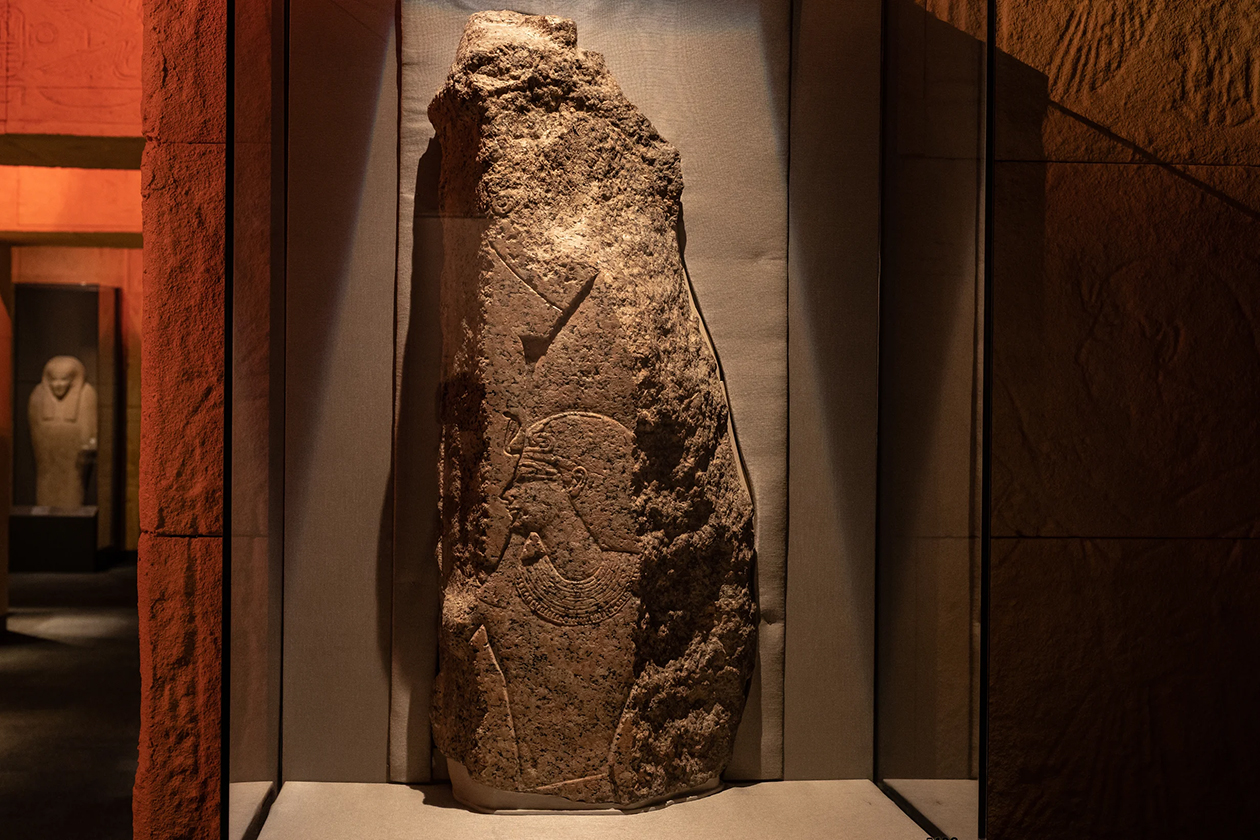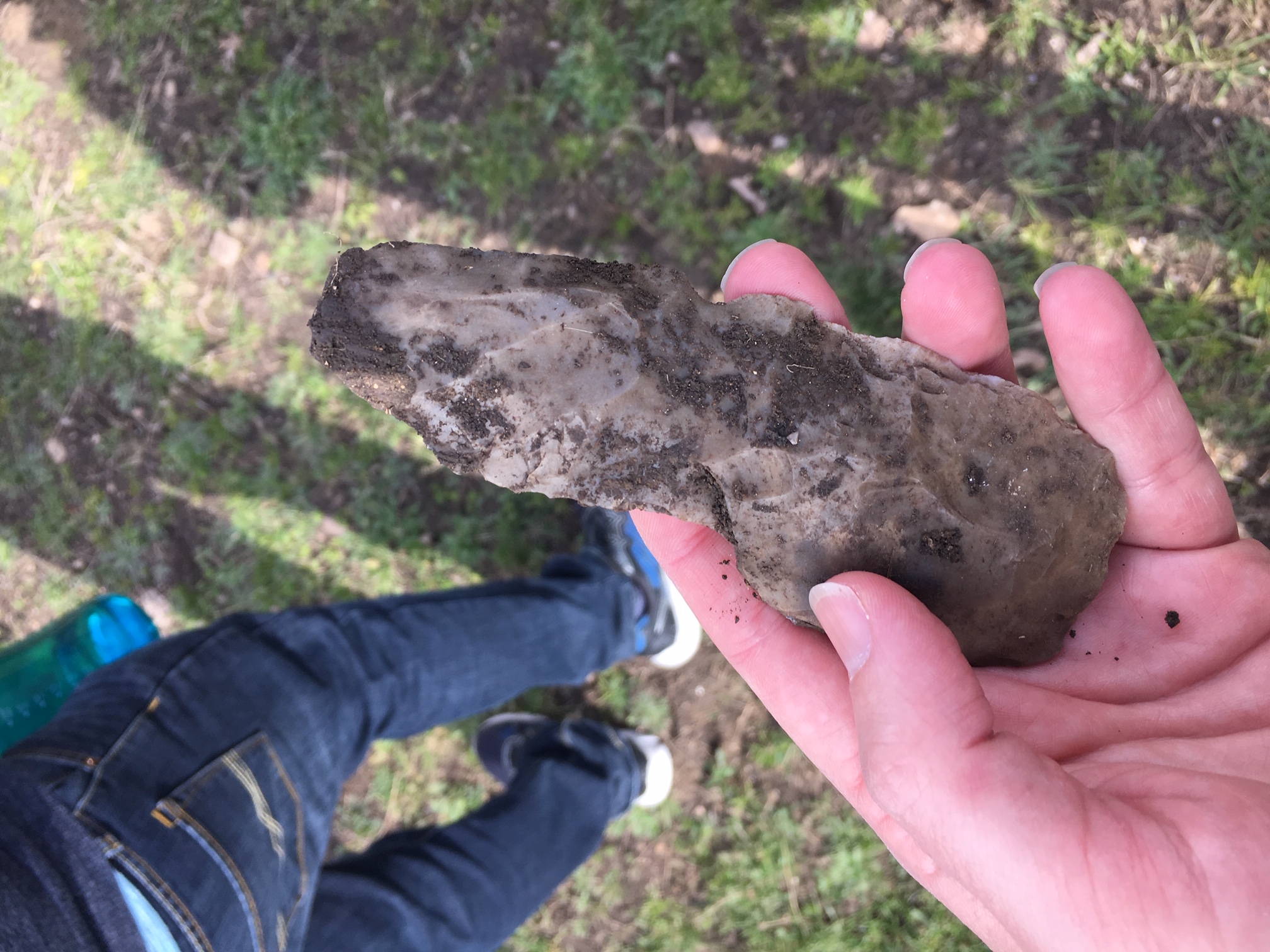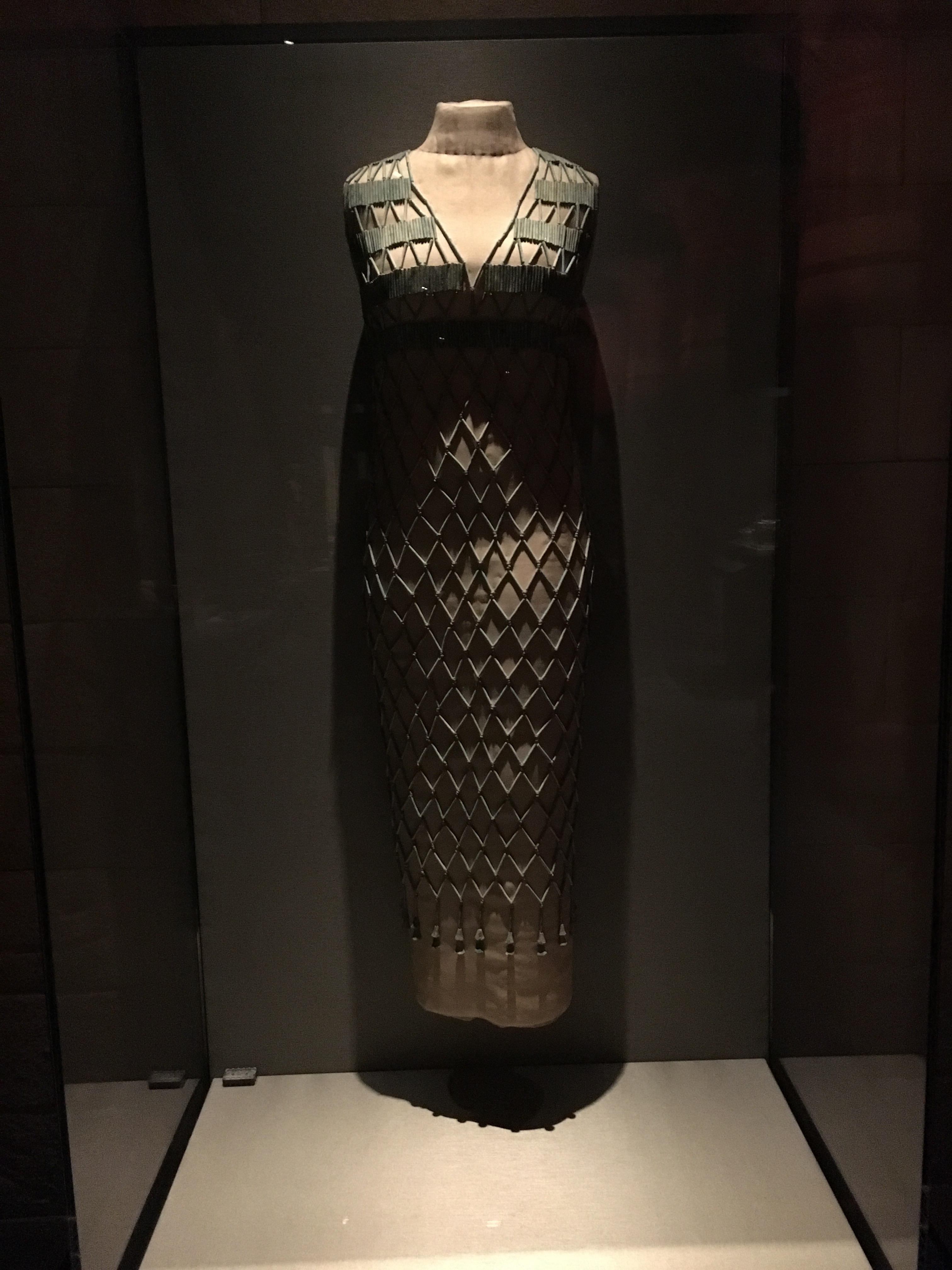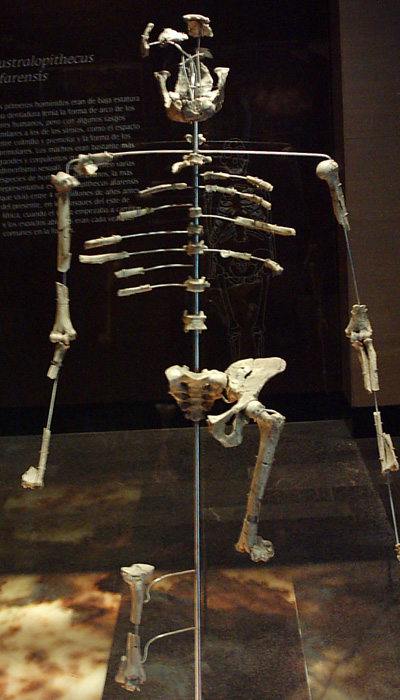Dating back 10,000 years, the spectacular prehistoric art in remote caves across the center of India offers a glimpse into the lives of Asia’s ancient peoples. Join the Houston Museum of Natural Science in welcoming French archaeologist Dr. Jean Clottes, world-renowned researcher of cave art, to discover some of their hidden meanings.

By ROMAN GARCIA, Gobierno de Cantabria [CC BY 3.0 (http://creativecommons.org/licenses/by/3.0)], via Wikimedia Commons
The astounding images Clottes will present Thursday, Oct. 22 at 6:30 p.m. encompass themes of agriculture, dance and war, but more importantly, suggest that contemporary tribal peoples still use methods that appear in this ancient art. Clottes ventured into the jungle with other researchers to make contact with tribal peoples including the Korkus, Gonds, Kols and Bhils, gathering testimonies on vanishing practices and age-old traditions to interpret the cave paintings.
“Their most obvious purpose is about the beneficial power of the images,” Clottes stated. “They are indeed images for the gods, but also and most of all for the tribal people themselves who ask for their protection through their paintings and the ceremonial practices around them.”
With Clottes, hear the story of adventure deep into the jungle and take a peek into the hidden lives of Indian residents from the Mesolithic, Neolithic, Chalcolithic and historical eras. Tickets $18, members $12.
Clottes has published more than 300 scientific papers and written or contributed to more than 20 books, including Des Images pour les Dieux. Art rupestre et Art tribal dans le Centre de l’Inde, a 2013 French monograph on Indian cave art. He co-authored the book with Meenakshi Dubey-Pathak.








